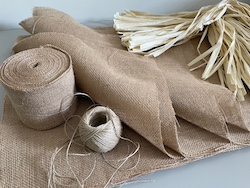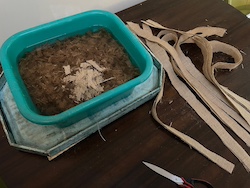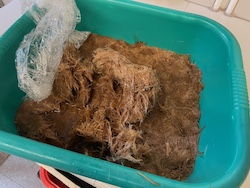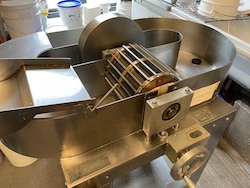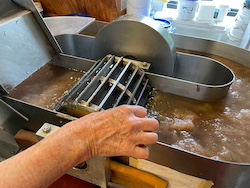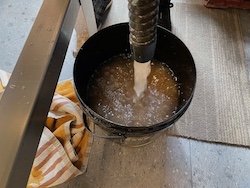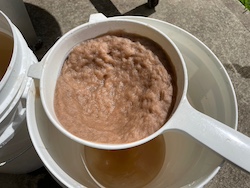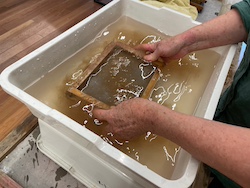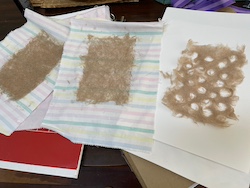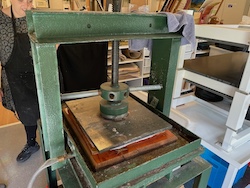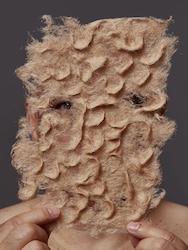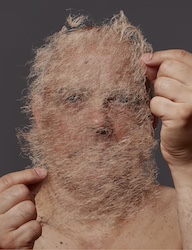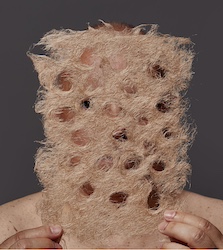Goni
What is Truth when History is hidden?
In Mauritian Creole, Goni–from Sanskrit–refers to the hessian sack that once carried the island’s most valuable export: sugar. Goni embodies the plight of enslaved and indentured workers trafficked from Madagascar, Africa, and India, forced to toil on plantations. Dockers manually loaded ships with Goni, each weighing up to 80 kilos, until 1980.
Across Mauritius, more voices are uncovering the violence, silences, and shame of the past. In parallel to this reckoning and to sugar cane extraction, these masks are crafted from hessian pulp. As a Mauritian-Australian of mixed lineage, I stand behind these masks, holding Goni as a fragile trinity of truth—nourishing generations of Mauritian families, including my own, yet painful and with potential to heal.
Dimensions
Limited edition Giclée print, 94 cm x 26.4 cm
Materials
Hessian
Photography
Mim Stirling
Digital compositing and printing
Warren Macris from High Res Digital
With thanks to
- Mandy Burgess who told me, 'You know you can make paper from hessian?', and generously, tirelessly taught me how to.
- Also Brigitte St Flour, Felicity Jenkins, Lisa Giles, Michael Armstrong, Sue Paull and Niall O’Donnell.
|
